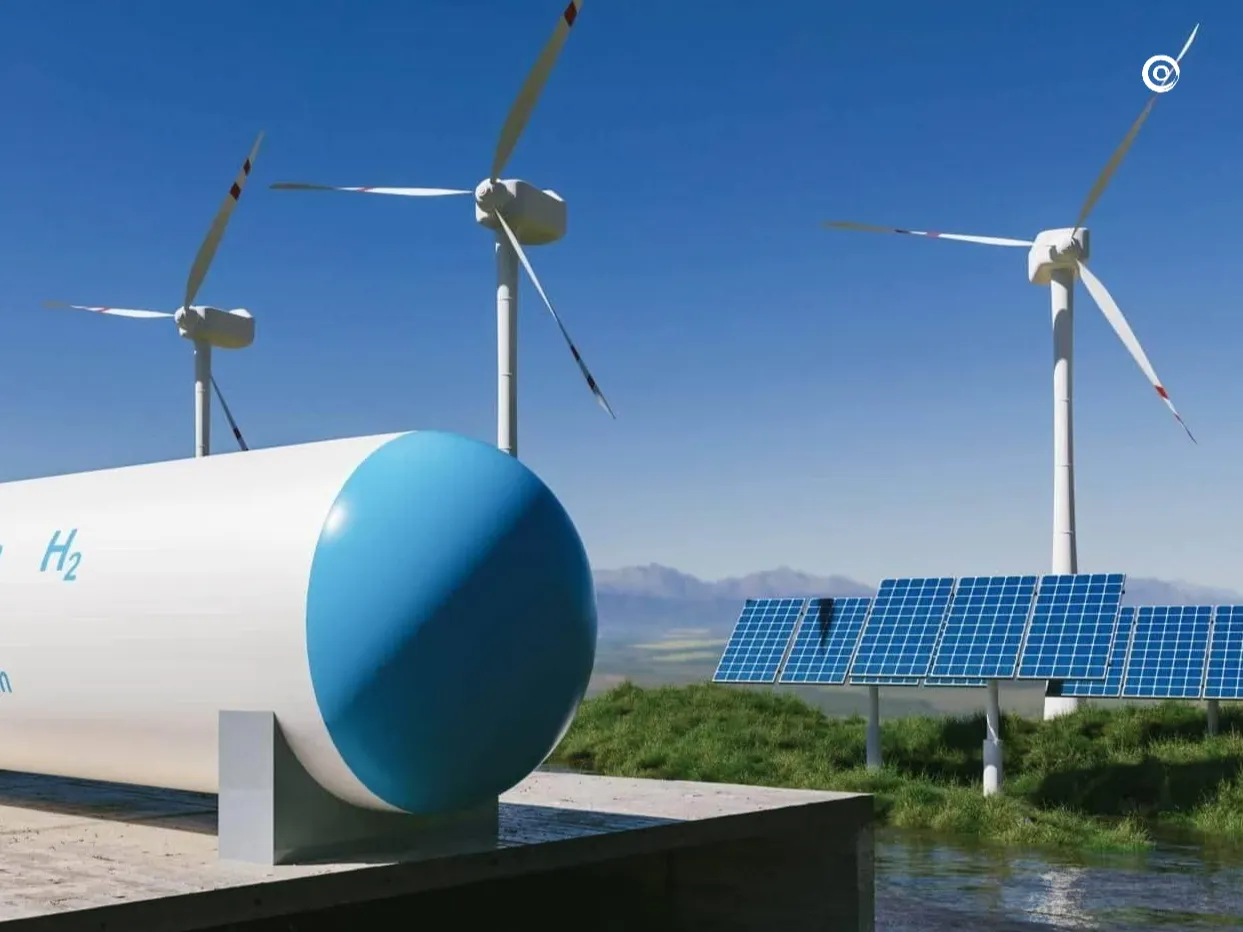- In the context of fiscal constraints, the government needs new ways to promote infrastructure development

Three key transport schemes in London have received new progress with an innovative funding model that will free up up to £4.5 billion to support the implementation of these projects. The model allows local authorities to borrow to offset future increases in stamp duty and council tax revenues from new housing developments resulting from transport improvements. The funding model, which has been successfully used in London for the first time, aims to boost economic growth and housing development by extending the Northern Line to Battersea, according to a joint report by campaign group BusinessLDN and consultancy WSP. The report states that the model could generate up to £4.5 billion in revenue over 25 years and free up land for more than 100,000 new homes, while creating more than 10,000 jobs.

Specifically, this evolution of the Tax Increment Financing (TIF) model will support three priority TfL(Transport for London) projects: the Docklands Light Rail extension to Thamesmead, the Bakerloo Line extension to Lewisham and the West London Orbital extension to the Overground network. John Dickie, Chief executive of BusinessLDN, said: "Against a backdrop of tight public finances, the government needs to consider innovative ways to boost infrastructure. Letting local governments borrow against future taxes to fund infrastructure investment is a common-sense way to support growth."
The report recommends empowering the Mayor of London to combine the residential TIF model with the existing commercial TIF framework, allowing for a flexible approach tailored to different locations. Meanwhile, to address concerns about local government budgets, the report clarifies that only a portion of future additional council tax from new developments will be used as a funding source, without affecting existing revenue streams. In addition, other funding sources such as Section 106 agreements and community infrastructure taxes will also be used to share investment risk. Chris Whitehouse, Technical Director at WSP, highlighted the potential impact of this funding model: "By developing proven funding models such as Tax Increment finance, we can support key projects that drive economic growth, create jobs and improve communities, not just in London, but across the country." Editor/Xu Shengpeng
Comment
 Praise
Praise
 Collect
Collect
 Comment
Comment
 Search
Search














Write something~